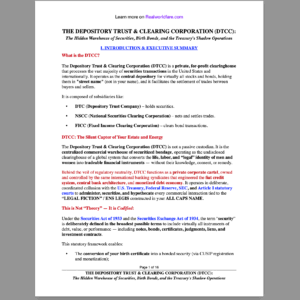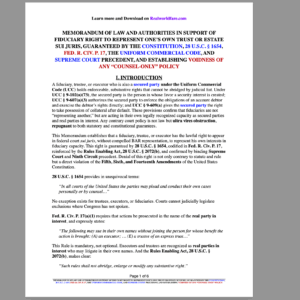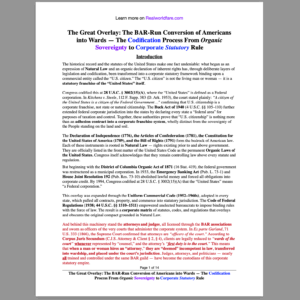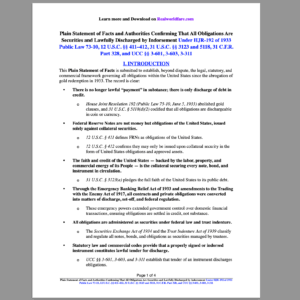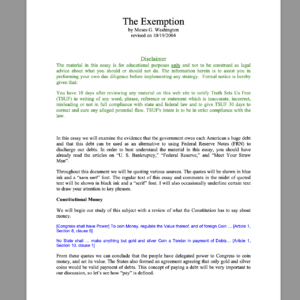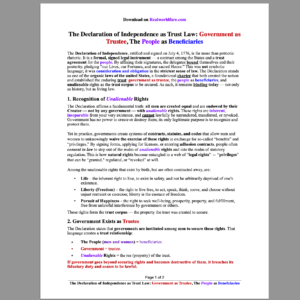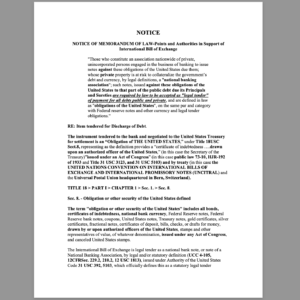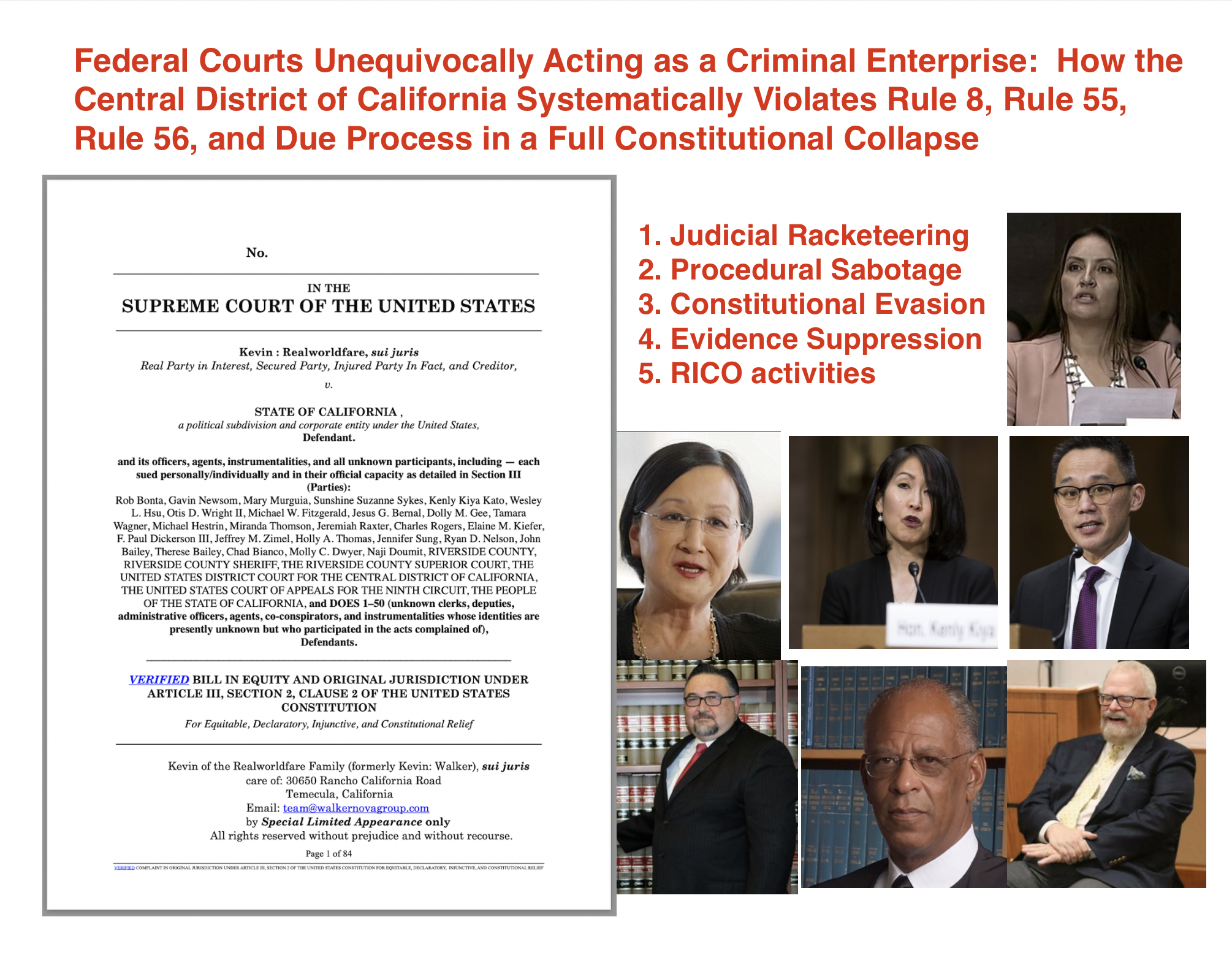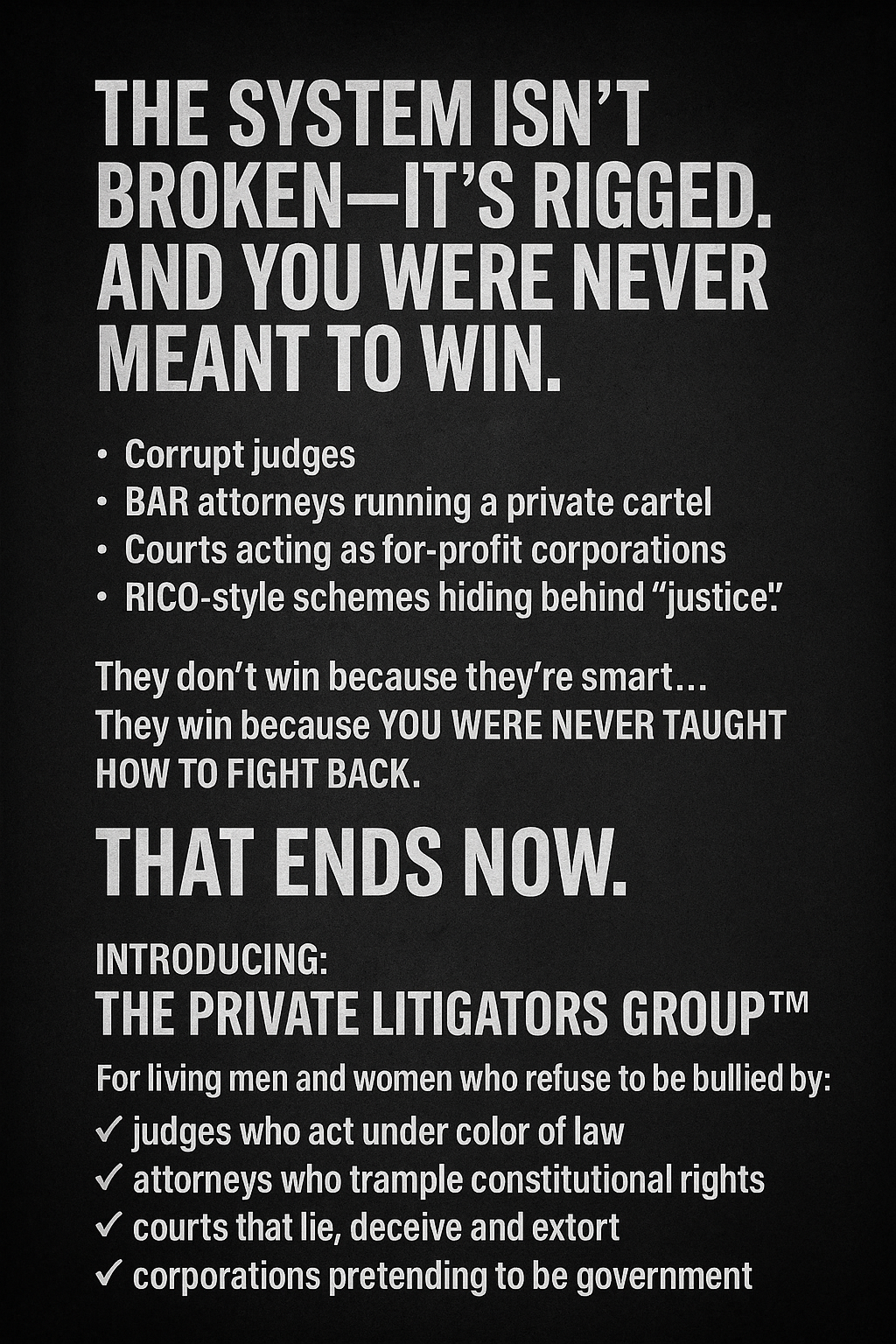In modern American jurisprudence—especially in federal courts—precision in legal capacity and standing is paramount. How a party appears in a pleading is not just a matter of style; it is a matter of jurisdiction, credibility, and enforceability. Unfortunately, many private litigants unintentionally sabotage their own filings by mixing incompatible legal capacities in a single sentence or caption, such as claiming to be Attorney-in-Fact, Executor, and simultaneously acting sui juris or In Propria Persona.
While the intent may be honorable, the result is often the same: dismissal, and in many cases, a judge branding the filing as “sovereign citizen theory” or “pseudo-legal nonsense.” Here’s why.
🚫 Mixed Capacity Pleadings: What It Looks Like
Consider this example (names replaced with “John Doe” for neutrality):
COMES NOW™JOHN DOE© ESTATE, ™JOHN LEWIS DOE©, ™JOHN DOE© IRR TRUST, by and through their Attorney-In-Fact, John: Doe, who is proceeding sui juris, In Propria Persona, and by Special Limited Appearance, hereby acknowledges receipt of your coerced, extorted, and unconstitutional OFFER/BOND/CITATION…
This pleading suffers from multiple legal issues:
-
It mixes legal fiction names (™ symbols and ALL CAPS) with the natural person “John: Doe”.
-
It declares John: Doe as both the Attorney-in-Fact and personally appearing “In Propria Persona”, which legally conflicts.
-
It invokes “sovereign” and “state Citizen” language, which courts regularly classify as “sovereign citizen” rhetoric—a red flag that often results in instant dismissal or refusal to hear the case on its merits.
Now compare that to this version:
COMES NOW the Plaintiff, JOHN DOE ESTATE, by and through its duly authorized Executor, Attorney-in-Fact, and Fiduciary Representative, John Doe, who appears by Special Limited Appearance solely in his private fiduciary capacity and not as a licensed attorney, under the lawful authority of a duly executed Power of Attorney (attached hereto as Exhibit A). This appearance is made for the limited purpose of asserting and preserving the Plaintiff’s lawful and equitable rights, enforcing perfected commercial interests, and pursuing redress for injuries in equity, contract, and federal law. Plaintiff, through its authorized representative, respectfully alleges the following:
This version:
-
Identifies one Plaintiff clearly.
-
Identifies the human representative as acting only in a fiduciary capacity.
-
Avoids mixing personal status with representative legal status.
-
Avoids trigger words like “sovereign,” “state citizen,” or “natural man,” which courts associate with non-mainstream legal theory.
-
Keeps the appearance clean, consistent, and within the court’s recognized framework.
✅ What You CAN Lawfully Combine
You absolutely CAN combine:
These are all fiduciary roles, and you may appear on behalf of a trust or estate in one or more of these capacities so long as you do not also claim to appear pro per or pro se.
So this is valid:
“…by and through its duly authorized Executor and Attorney-in-Fact, John Doe…”
✅ This is proper.
✅ This is lawful.
✅ This is commonly done in probate, estate, and equity-related proceedings.
❌ What You CANNOT Mix
You must not mix:
-
❌ “Pro Se” / “Pro Per”
-
❌ “Sui Juris”
-
❌ “Natural Freeborn Sovereign”
-
❌ “State Citizen”
-
❌ “Living Man” status language
with fiduciary roles like Executor or Attorney-in-Fact.
Here’s why:
A “Pro Per” litigant is one who appears in their own right, as a private individual. But fiduciaries—Executors, Trustees, and Attorneys-in-Fact—represent a legal person or entity, and therefore cannot also appear “in propria persona” for themselves and for another.
This is where the court immediately identifies the filing as internally inconsistent—and often labels it as “sovereign citizen-style theory.”
⚖️ What Courts Actually Say
Courts are very clear on this point:
“A nonlawyer cannot represent a trust pro se.”
— Jacobowitz v. Miele, 695 F. App’x 522 (2d Cir. 2017)
“A trust… must be represented by counsel and cannot proceed pro se.”
— United States v. High Country Broadcasting Co., 3 F.3d 1244 (9th Cir. 1993)
“An estate is not a natural person and must appear through a licensed attorney.”
— Pridgen v. Andresen, 113 F.3d 391, 393 (2d Cir. 1997)
“An individual may appear in propria persona only for himself.”
— C.E. Pope Equity Trust v. United States, 818 F.2d 696, 697–98 (9th Cir. 1987)
These rulings make it clear: If you are acting on behalf of a trust or estate, you must never claim to be pro se, sui juris, or in propria persona. You must identify yourself clearly as Executor, Trustee, or Attorney-in-Fact — period.
🧠 Summary Chart
| Role | May be Combined With… | Must NOT Be Mixed With… |
|---|---|---|
| Executor | Attorney-in-Fact, Fiduciary, Trustee, Administrator | Pro Per, Pro Se, In Propria Persona |
| Attorney-in-Fact | Executor, Trustee, Fiduciary, Administrator | “Sui Juris,” “Living Man,” Sovereign |
| Pro Per / In Propria Persona | Only for your personal litigation | Any representative/fiduciary roles |
🛡 The Right Way to Plead as Executor or Authorized Representative
If you’re representing a trust or estate:
-
Use the trust/estate as the Plaintiff.
-
Clearly state you are the Executor or Attorney-in-Fact, not pro per.
-
Avoid personal declarations like “I am a living man” or “natural person.”
-
Avoid TM symbols or stylized ALL CAPS unless contractually defined elsewhere.
✅ Proper Pleading Example:
COMES NOW the Plaintiff, JOHN DOE ESTATE, by and through its duly authorized Executor and Fiduciary Representative, John Doe, who appears by Special Limited Appearance under the authority of a duly executed Power of Attorney.
This preserves:
🔚 Conclusion
Clarity of legal capacity is everything.
You must decide:
-
Are you appearing as yourself, injured in your private capacity?
-
Or are you appearing on behalf of a trust, estate, or principal?
You cannot do both at once.
If you try to blend those roles in one sentence, your case may not only be misunderstood, but never even heard.
✅ Stick to fiduciary capacity.
✅ Appear properly and clearly.
✅ Use equity with precision.

